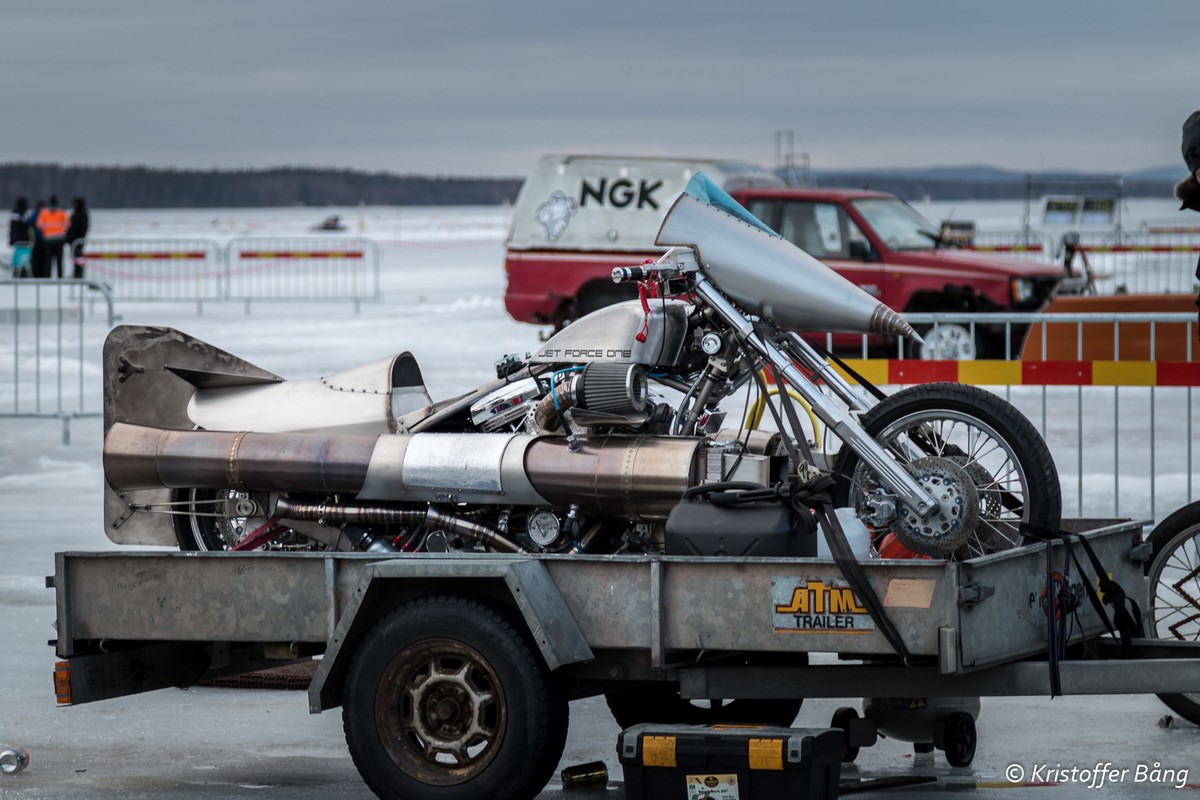Hello, I’m very fascinated with the concept of pulse jets. I’m a novice but I have some ideas. You seem to be the foremost authority on them today.
To solve the problem of vibration and to create a steady, more powerful, ”non-pulse” thrust exhaust, what about combining 2 pulse jet engines integrated to a single exhaust tube. Likewise, the valve assembly for each engine should be linked and synchronized to each other, but ”opposite” each other. In effect, when the valves for engine 1 are open, the valves on engine 2 should be closed. Subsequently when engine 1 is firing, engine 2 is ”in-taking” and exhausting. In theory this should create a continuous, consistent, steady ”non-pulse” thrust at the exhaust end of the combined engines, similar to a fan jet or ram jet with the extra bonus of more thrust!
To be honest, I have personally not done any research on that arrangement. It would surprise me though if Lars-Erik or Jim have not.
I have seen many engines with one inlet and two exhausts. These run in sync with each other. About your idea, Spontaneously I think that it would not work since the engine actually is ”inhaling” and exhausting at the same time.
Many people have actually had a lot of trouble getting two engines running next to each other because the pressure waves from one will bring the other one out of ”balance”. The solution is often to put a connection tube between them (close to the combustion chamber) to synchronize the pulses.
Our friend Peter Forsberg had that problem on his twin pulsejet motorcycle. He solved it by putting a ”fin” between the two exhausts.
Disclaimer: My spontaneous thoughts might be incorrect after a hard day’s work.
The idea is interesting at first thought but it wouldn´t work since the engine needs the returning flame front to ignite the following pulse.
Imagine the pulsejet workings being a hanging weight suspended by a coil spring, the weight bouncing up and down is the flame front inside the jet pipe. If you try to remove the inhaling part of the pulse it would be like cutting off the spring so the weight falls to the floor.
Hello, I’m very fascinated with the concept of pulse jets. I’m a novice but I have some ideas. You seem to be the foremost authority on them today.
To solve the problem of vibration and to create a steady, more powerful, ”non-pulse” thrust exhaust, what about combining 2 pulse jet engines integrated to a single exhaust tube. Likewise, the valve assembly for each engine should be linked and synchronized to each other, but ”opposite” each other. In effect, when the valves for engine 1 are open, the valves on engine 2 should be closed. Subsequently when engine 1 is firing, engine 2 is ”in-taking” and exhausting. In theory this should create a continuous, consistent, steady ”non-pulse” thrust at the exhaust end of the combined engines, similar to a fan jet or ram jet with the extra bonus of more thrust!
What are your thoughts?
I just thought the idea was ”cool”…..
Hi Mr Oliver
To be honest, I have personally not done any research on that arrangement. It would surprise me though if Lars-Erik or Jim have not.
I have seen many engines with one inlet and two exhausts. These run in sync with each other. About your idea, Spontaneously I think that it would not work since the engine actually is ”inhaling” and exhausting at the same time.
Many people have actually had a lot of trouble getting two engines running next to each other because the pressure waves from one will bring the other one out of ”balance”. The solution is often to put a connection tube between them (close to the combustion chamber) to synchronize the pulses.
Our friend Peter Forsberg had that problem on his twin pulsejet motorcycle. He solved it by putting a ”fin” between the two exhausts.

Disclaimer: My spontaneous thoughts might be incorrect after a hard day’s work.
The idea is interesting at first thought but it wouldn´t work since the engine needs the returning flame front to ignite the following pulse.
Imagine the pulsejet workings being a hanging weight suspended by a coil spring, the weight bouncing up and down is the flame front inside the jet pipe. If you try to remove the inhaling part of the pulse it would be like cutting off the spring so the weight falls to the floor.